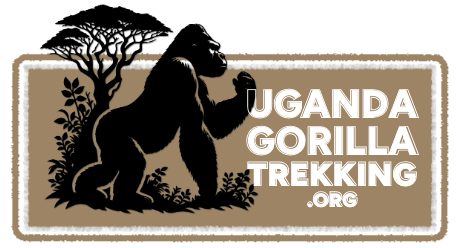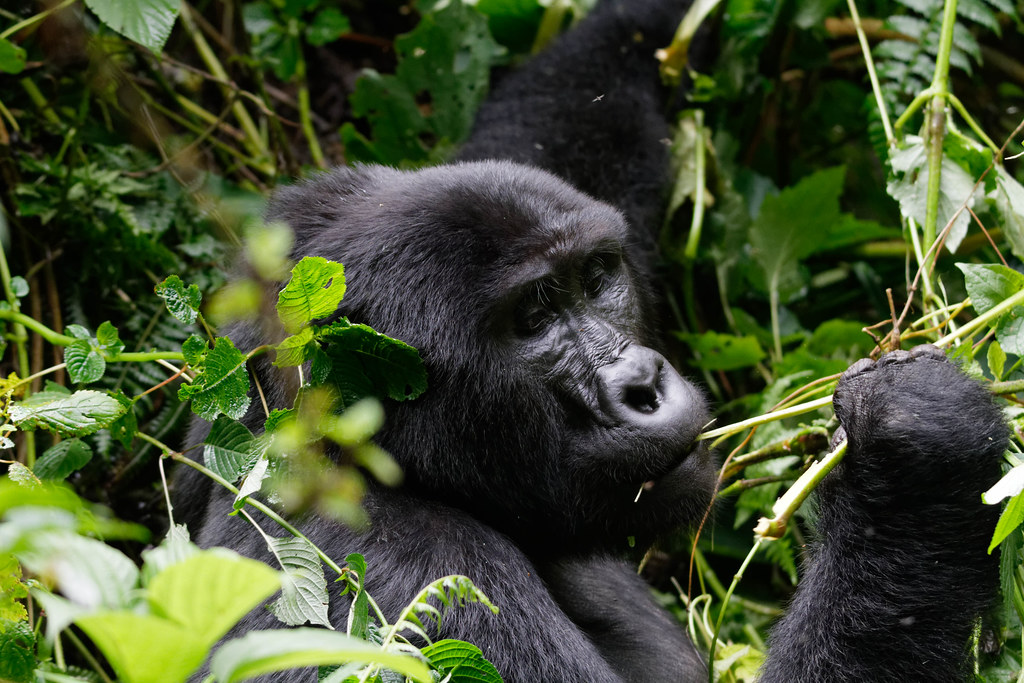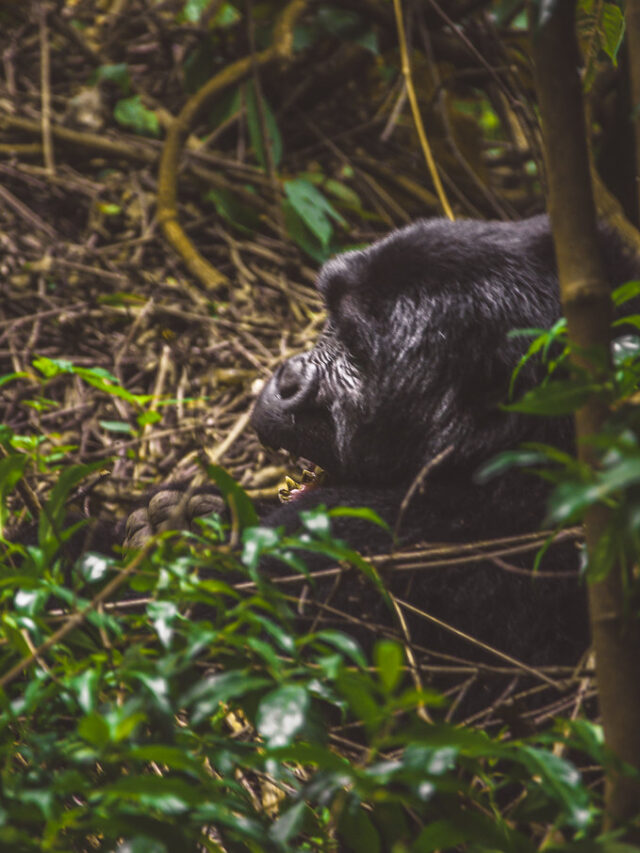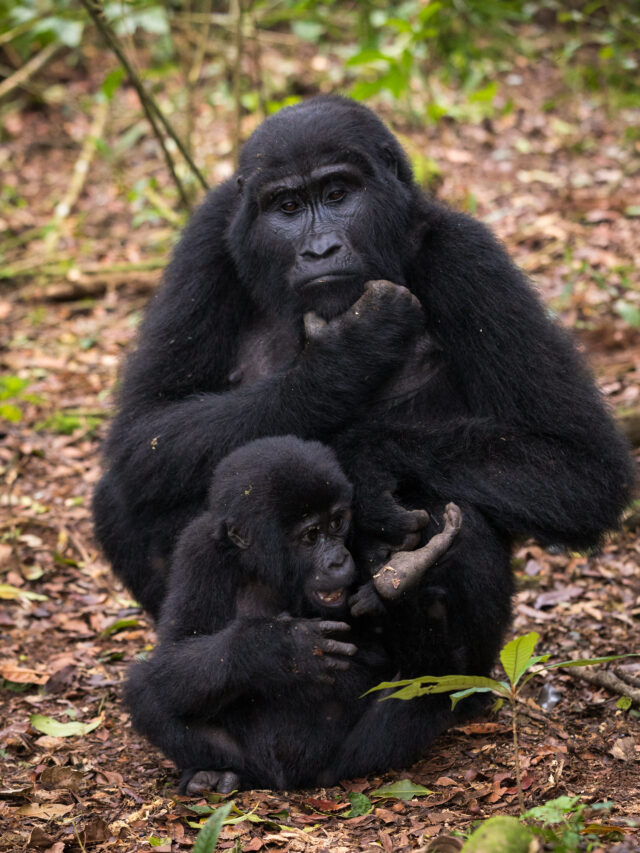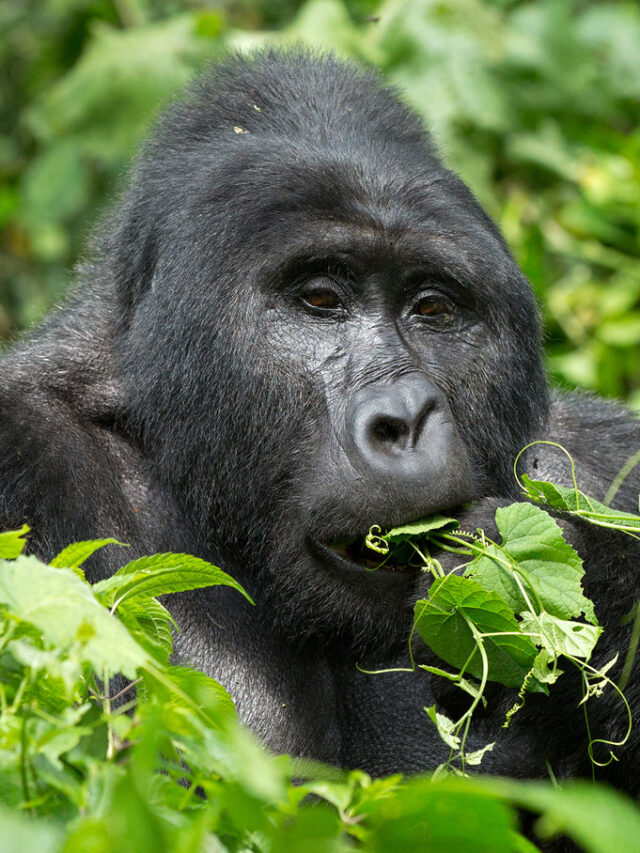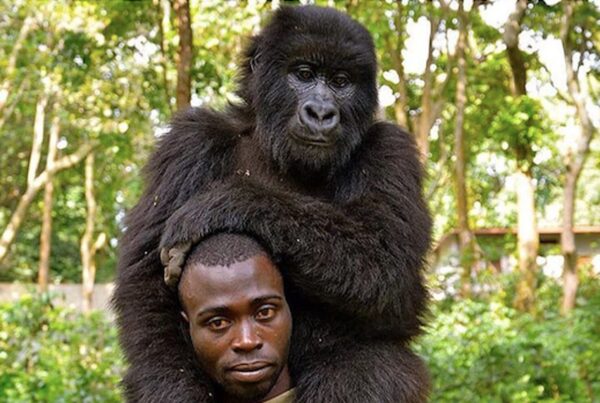Gorilla Trekking with Kids: Tips for Family-Friendly Adventures
Gorilla trekking in Uganda is a remarkable experience that captivates wildlife lovers of all ages. The chance to observe mountain gorillas up close in their natural habitat creates lifelong memories. However, families traveling with children must approach this adventure thoughtfully, as the experience requires physical endurance, patience, and adherence to strict conservation rules. This guide will help you understand the age requirements, suggest alternatives for younger children, and offer practical advice for planning a family-friendly gorilla trekking trip.
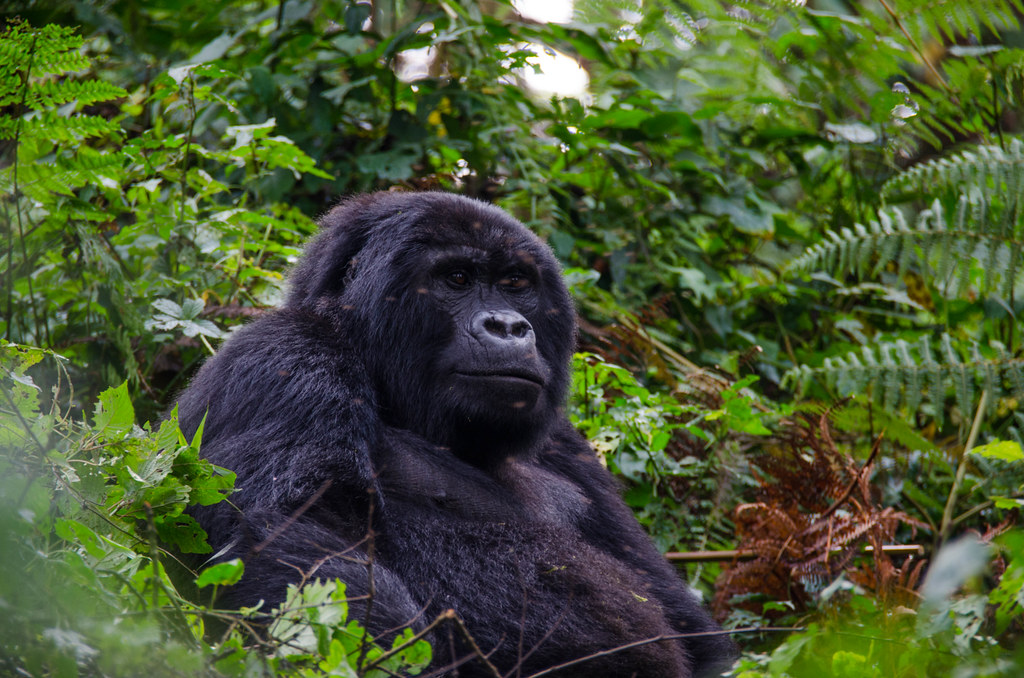
Gorilla Trekking With Kids
Age Restrictions and Safety Considerations for Children
Ugandan conservation authorities have set a minimum age limit of 15 years for anyone wishing to participate in gorilla trekking. This rule is essential to protect both the gorillas and visitors. Younger children may react unpredictably when encountering wild animals, which could disturb the gorilla groups or provoke safety concerns. Additionally, children are more prone to carrying illnesses such as colds or flu that might endanger the health of these endangered primates. The physical demands of trekking through steep, often muddy terrain also make it unsafe for younger kids. Because of these reasons, families with children under 15 will need to explore other ways to enjoy Uganda’s rich wildlife offerings.
Alternative Family-Friendly Wildlife Experiences
For families traveling with younger children, Uganda offers several engaging and educational activities that showcase its incredible biodiversity. Chimpanzee tracking in Kibale National Park is one option, generally suited for children aged 12 and above, offering a fascinating glimpse into the behavior of these close primate relatives. Golden monkey trekking in Mgahinga National Park is another exciting alternative and may sometimes allow younger participants based on ranger discretion. In addition to primate encounters, families can enjoy gentle nature walks and guided village tours around the gorilla parks, which provide cultural insights alongside wildlife observation. Boat safaris on the Kazinga Channel in Queen Elizabeth National Park offer thrilling opportunities to see elephants, hippos, and crocodiles up close. Game drives in parks like Lake Mburo or Murchison Falls are suitable for all ages and can round out a family-friendly wildlife itinerary.
Preparing Teenagers for the Gorilla Trekking Experience
Teenagers who meet the minimum age requirement of 15 can fully participate in gorilla trekking, but preparation is crucial for ensuring a positive experience. Physically, teens should build stamina and be comfortable walking for several hours over challenging terrain that may include steep inclines and muddy paths. It is also important to educate them on gorilla behavior and the strict rules that help protect the animals during the encounter. Teaching them to remain calm, avoid direct eye contact, and maintain the required distance will foster respect for these gentle giants. Proper gear is equally essential — durable hiking boots, weather-appropriate clothing, gloves, and hydration gear will make the trek safer and more comfortable.
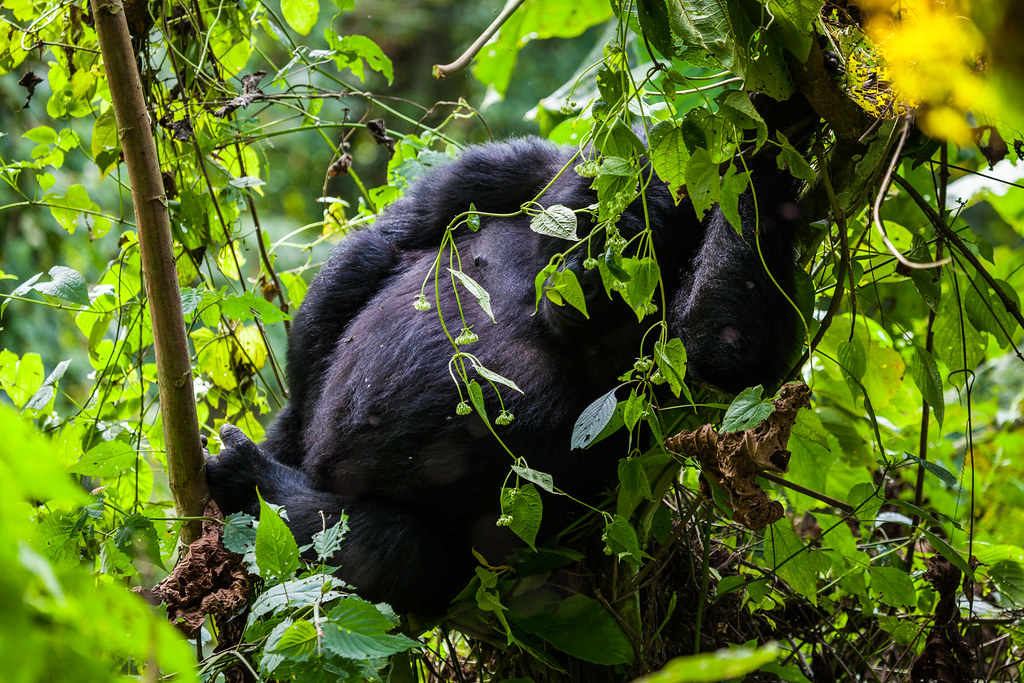
Choosing Family-Friendly Accommodations Near Gorilla Parks
Accommodations near Bwindi Impenetrable Forest and Mgahinga National Park often cater to families, offering family rooms or interconnected suites that provide comfort and convenience. Some lodges provide additional services such as babysitting, allowing parents to participate in treks while ensuring younger children are well cared for. Many properties also offer nature trails, cultural activities, and educational programs tailored for children, enriching the overall experience for all family members. Staying in these lodges gives families a chance to explore Uganda’s natural beauty at a relaxed pace, balancing adventure with rest.
Turning the Trip into an Educational Journey for Children
Beyond the thrill of wildlife viewing, a trip to Uganda centered around gorilla trekking offers tremendous educational value for children. Even if they cannot join the trek itself, kids can learn about endangered species and global conservation efforts through interactive visits to local schools or community projects supported by tourism revenues. Keeping travel journals or photo diaries encourages observation and reflection, helping children process their experiences meaningfully. Cultural exchanges with local communities, such as the Batwa people, provide additional insight into the relationship between people and the environment. These learning opportunities cultivate awareness and empathy, nurturing young travelers into responsible global citizens.
